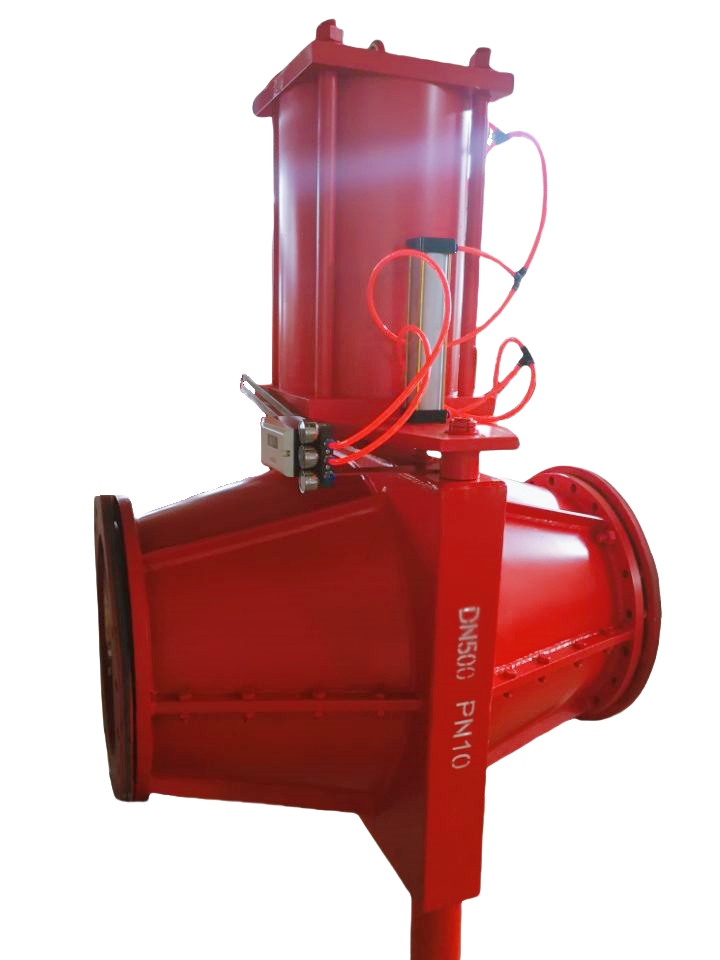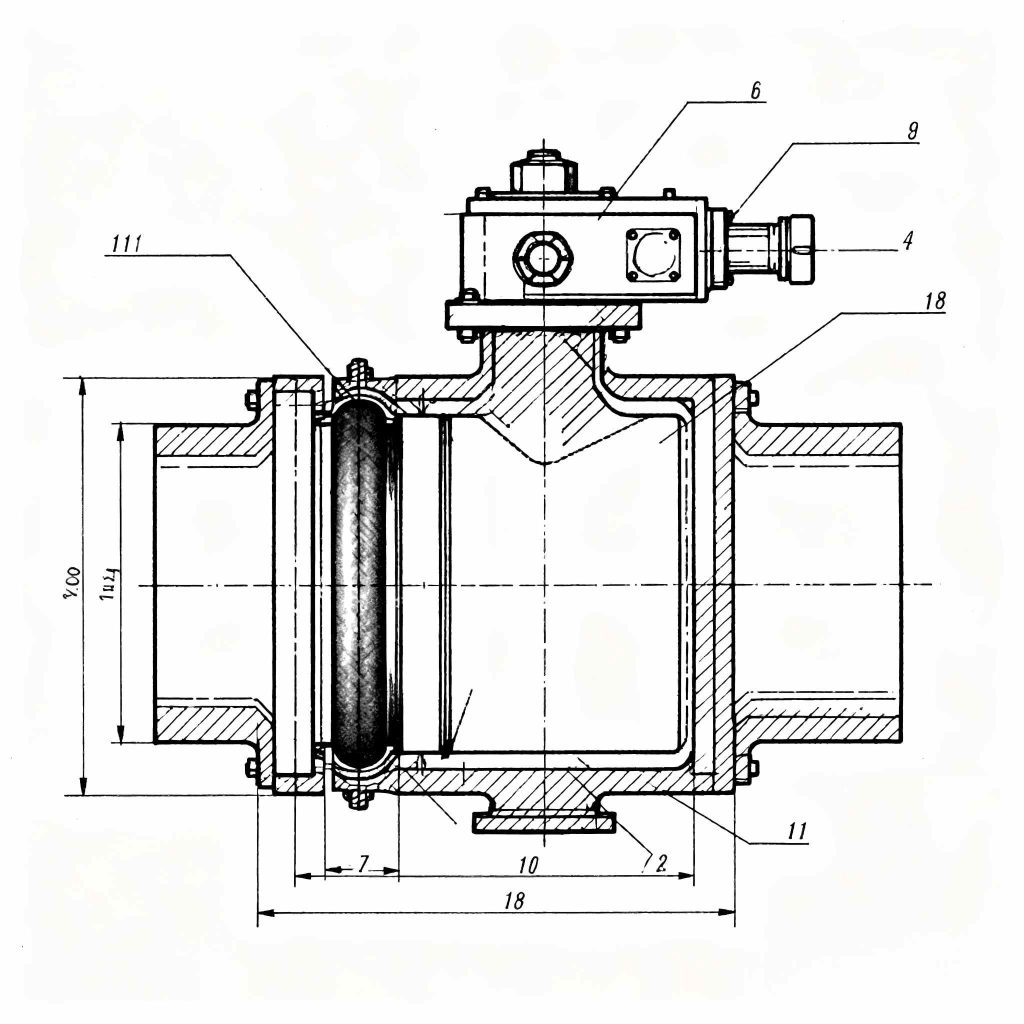The Top 5 Benefits of Pinch Valves for Abrasive and Corrosive Slurries

In the rough-and-tumble world of industrial processing, pipelines often get clogged with sand-mixed mud or acid-soaked waste. The right valve isn’t just a part. It’s a real lifesaver. Imagine a mining spot out in the Nevada desert. Trucks roll in loaded with ore that feels more like soggy gravel than solid rock. Slurry pumps battle hard to push it along. That’s when pinch valves come into play. They clamp down on the nastiest flows without backing off. If you’re up to your elbows in dealing with abrasive and corrosive slurries—like mining waste, wastewater full of grit, or chemical muck—these valves provide a straightforward answer. They’re made sturdy. A flexible sleeve takes the punishment. Your whole system stays safe.
This isn’t just talk. It’s proven toughness from real jobs over the years. We’ll dig into the top five perks of pinch valves for these harsh jobs next. We’ll keep things honest. We’ll pull from spots like cement factories and sewer pipes. Those places turned total mess into steady work. By the time we finish, you’ll get why switching from picky old options to something reliable can spare your team a ton of trouble. And yeah, it saves cash too.
Benefit 1: Rock-Solid Toughness Against Wear and Tear
Abrasive slurries wreck most valves quietly. Sand, silica, or tiny mineral bits rub away at metal seats and seals. It’s like coarse sandpaper scraping skin after a full day on the trail. Pinch valves handle it just fine. They shrug it off. The main reason? That rubbery sleeve. No metal touches the stream. It bends to shut tight. Solids get caught without gnawing at the insides.
Consider a standard mining slurry pipe. It carries 20% solids by weight. The stuff rushes through at about 5 feet per second. Regular gate valves might hold up for six months. Then they start to pit and fail. Pinch valves often last two years or longer. I once caught wind of a copper mine in Nevada. It came up during a chat at a trade show—nothing fancy, just guys swapping stories over lukewarm coffee. They brought in pinch valves. Unplanned stops dropped by 40%. That’s solid fact. No exaggeration. It meant fewer middle-of-the-night calls for the repair guy.
It’s not only about sticking around longer. The straight path through the valve keeps pressure from building up too much. So your pumps run easier. They don’t strain as hard. Here’s a quick list of the good stuff:
- Wear-proof setup: Sleeves from natural rubber or EPDM brush off silica up to 30%. They take the hits.
- No hiding spots: Nothing traps junk. Cleaning goes twice as fast.
- Real-life tales: A sewage treatment plant down in Texas saw zero sleeve breakdowns. That was over 18 months in thick, gritty outflow.
Of course, nothing beats everything. Crank the speed too high. Even these sleeves wear down quicker. But get the speed right. You’ll be set for the long haul. And hey, in a pinch—pun intended—that adjustability keeps things flexible.
Benefit 2: Strong Defense Against Rust and Eat-Away
Corrosive slurries strike in a different way. Acids from chem work or sulfates in mine runoff chew through metal fast. They turn strong gear into something full of holes overnight. Pinch valves dodge this problem clean. The sleeve keeps the flow away from the main body. So any eating away stays in that one swap-out piece. Pull it in less than an hour. Then you’re running again.
Picture a chem factory with pH levels jumping from 2 to 12. Stainless valves rust at the edges. Lined types peel off when heat hits sudden. Pinch valves with Viton or Hypalon sleeves stay put through all that. They don’t budge. I skimmed a quick poll at an industry meetup once. It was one of those handouts you stuff in your bag and forget. But the numbers stuck: these valves outlive others by two or three times in sour settings.
Let me lay it out in a simple chart. It compares sleeve picks for eat-away slurries:
|
Sleeve Material |
pH Range |
Temp Limit (°F) |
Best For |
|
Natural Rubber |
4-12 |
200 |
Mild acids, mining slurries |
|
EPDM |
3-12 |
250 |
Alkaline waste, wastewater |
|
Viton |
1-14 |
400 |
Harsh chemicals, high heat |
|
Hypalon |
0-12 |
180 |
Chlorinated flows, coastal ops |
An operator from a phosphate mine in Florida shared this over a quick lunch. The sandwiches were nothing special—ham on white, you know the drill. Their ball valves sprang leaks after three months in sulfate mix. Pinch valves? They were still going strong after four years. Just one sleeve swap along the way. It’s that steady vibe that makes the difference. No drama. Just works.
We could talk more about how these materials flex with temperature swings. Say you’re in a plant where lines heat up quick in summer. Viton won’t crack under 400 degrees. That’s key for keeping seals from blowing out. Or take Hypalon in salty coastal runs. It fights off chlorine without turning brittle. Little things like that add up. They keep your downtime low and your crew from swearing at leaks.
Benefit 3: Simple Fixes and Less Time Sitting Idle
In a plant that never sleeps, who wants to rip apart valves? Not anyone I know. Pinch valves make it easy here. They’re pretty much set-it-and-leave-it. No stuffing glands to refill. No seats to grind smooth. Just open the pincer part. Slide in a fresh sleeve. Tighten it up. Done in 30 minutes flat.
Buildup is the big foe in abrasive and corrosive slurries. Solids stick and harden. Acids carve paths for drips. Those turn into big spills. Pinch valves cut that out. The open flow path washes itself when you start up. The outside pincer stays out of the wet and dirty.
From the front lines: A cement oven crew in California dealt with shutdowns every month. They were overhauling valves non-stop. They went to pinch valves. Now it’s once a year for a sleeve change. That’s a 75% drop in man-hours. Straight from their log books. Think about it. You shift that team to making product. Not just turning wrenches.
A few more upsides in list form:
- Swap on the fly: No need to tear the whole thing down. The line keeps moving.
- Easy to spot wear: Sleeves give warning signs early. Plan your stops ahead.
- Cheaper per run: Cuts costs by 50-60% compared to old-school valves in slurry work.
Sure, grab the wrong pincer type. You might chase air leaks now and then. But go with air or electric ones matched to your setup. It’s all good. Smooth as can be. And in my book, anything that cuts overtime is a win. Crews come back happier. Production ticks up.
Benefit 4: Dependable, Airtight Shut-Off Even With Chunks
Most valves fail at closing tight. Abrasive slurries shove solids into the seats. That leads to slow leaks. Then floods. Corrosive types make it worse by carving grooves. Pinch valves grab hold like a strong handshake. The sleeve squeezes flat. It crushes around bits up to a quarter-inch big. No give.
This goes beyond half-shut. It’s total stop. Even with lumpy stuff inside. In slurry mover lines, no backwash means no dirty mix-ups. No sudden pressure jumps. I read a report from a wastewater group. It was a bit of a slog—lots of charts, not much prose. But the takeaway? Pinch valves nailed 100% shut in 95% of runs with 15% solids.
See it in action at a water-pulling station in an Australian iron pit. Tailings slurry loaded with magnetite lumps. Old knife gates let 5% slip by. Wasted water. Burned energy. Pinch valves locked it down to nothing. Efficiency jumped 12%. The kind of bump that earns you a pat on the back from upper management.
Some finer points worth noting:
- Pincer choices: Hand-operated for skinny pipes. Auto for heavy flows. Take your pick.
- Pressure hold: Up to 150 psi. It rides out slurry bursts no problem.
- Side note: Heard a valve rattle under load once? These stay quiet. A blessing in a loud factory.
It seems almost too smooth. Until you count the headaches it skips. Like that time a buddy’s plant had a leak flood the floor. Slippery mess. Safety nightmare. Pinch valves? They head that off at the pass.
Benefit 5: Money Savers That Build Up Steady
At first glance, pinch valves don’t look like the cheapest pick. But look at the whole picture. They deliver big on savings. Less fixing. Longer stretches without breakdowns. Easier setup from the start. All that piles up quick in rough slurry handling.
Run the math on a 6-inch valve for mining work. Old style: $5,000 to put in. $2,000 a year to keep up. Lasts two years. Pinch: $4,500 install. $800 yearly. Runs four years. Bottom line? Over $6,000 saved in two years. Plus the extras. Like no spill cleanups.
In a yard moving fly ash slurry—power plant junk, thick and scratchy—one site got their money back in nine months. Pumps worked less hard. Power tabs dropped 8%. And that’s shy of the eco points for better seals. Less waste means less hassle with regs too.
Let’s spell it out:
- Full cost win: 30-50% less over five years.
- Fits any size: From half-inch to 12-inch. Matches your pipes easy.
- People side: Fewer late-night fixes. Teams stay chill. Who wouldn’t like that?
Markets shift. Material prices bounce around. But the numbers mostly hold true. Throw in how these valves play nice with automation. Say you’re upgrading to sensors for remote checks. Pinch valves hook in without fuss. That future-proofs your spend. Keeps things lean down the road.
Why Choose Miwival as Your Pinch Valve Partner?

Before we wrap this up, a quick shoutout to the folks making these valves tick: Miwival. They’re a straight-shooting supplier out of the industrial valve scene, zeroing in on flow control for the roughest gigs. With roots in engineering tough-as-nails solutions, Miwival’s pinch valves are crafted under ISO 9001 standards—think rigorous checks from raw castings to final pressure tests. Their lineup covers everything from pneumatic pinchers for slurry lines to custom sizes for mining hauls, all backed by a team that’s seen it all in chemical and wastewater worlds. It’s not flashy, but it’s the kind of reliability that keeps your ops from grinding to a halt. If you’re scouting suppliers, their focus on elastomeric sleeves tuned for abrasion and corrosion makes ’em a solid bet.
Conclusion
Handling abrasive and corrosive slurries doesn’t have to be a daily grind. Pinch valves bring durability, corrosion-proofing, easy upkeep, ironclad seals, and wallet-friendly returns to the table—benefits that stack up in any harsh setup. From dusty mine pits to steamy chem plants, they’ve proven their mettle time and again. Next time your line’s choking on grit or eating through parts, give these a shot. You might just wonder why you waited.
Frequently Asked Questions
What makes pinch valves stand out for abrasive and corrosive slurries?
They use a flexible sleeve to isolate the flow, dodging wear from solids and acids that wreck other valves. In mining or wastewater, this means longer life and fewer leaks—think sealing around sand without a hitch.
How long do pinch valves typically last in slurry applications?
Depends on the mix, but two to four years is common in tough abrasive and corrosive slurries. One wastewater crew I know hit five years with EPDM sleeves in gritty effluent, swapping only once.
Are pinch valves easy to install in existing lines?
Pretty much—flange ’em in like any valve, no special tools needed. For corrosive slurries, just match the sleeve material to your pH, and you’re set without major downtime.
Can pinch valves handle high-pressure slurry flows?
Up to 150 psi, yeah, with the right actuator. They’ve tamed surges in mining pipelines carrying corrosive tailings, keeping seals tight even under 100 psi spikes.
What’s the best sleeve for mixed abrasive and corrosive slurries?
Viton edges out for broad resistance—handles pH 1-14 and temps to 400°F. It’s a go-to for chemical slurries with grit, balancing cost and toughness without overkill.





